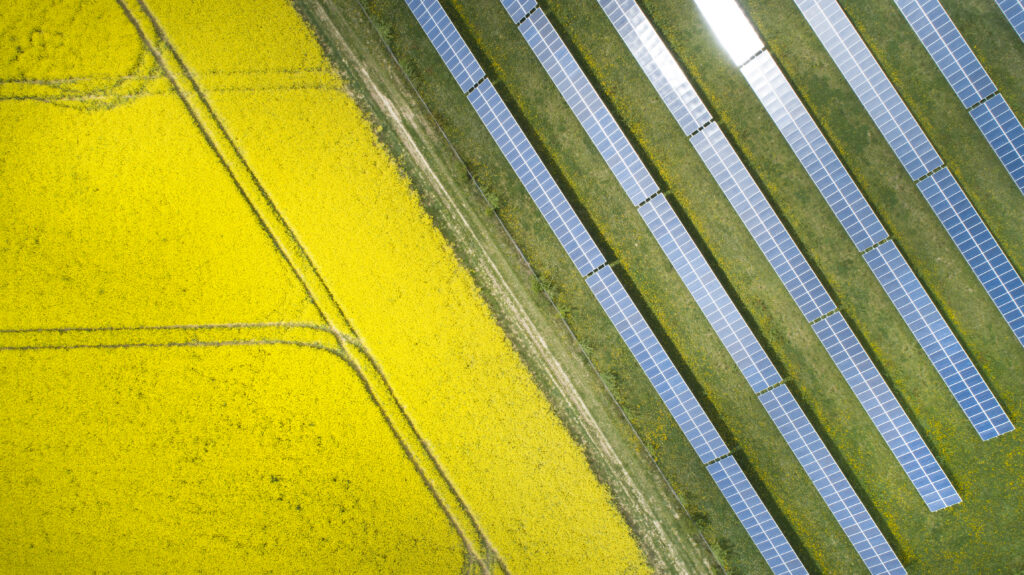From an interest in electrical engineering to a full-fledged career
Anniina Sorvisto works as a Power System Engineer at Ampner. Her role focuses on connecting renewable energy sources and energy storage systems to the electrical grid — and ensuring that all designs meet current grid code requirements.
“I studied electrical engineering at LUT University. My family background gave me a glimpse into the field, and I became intrigued by its versatility and its role in promoting sustainability.”
During her master’s studies, her interest turned more specifically toward renewables and grid design — and eventually, her path led to Ampner.
From grid studies to practical engineering
Anniina works on projects involving solar and wind farms as well as energy storage systems. Her responsibility is to ensure that the designs are technically feasible and grid compliant.
“My work mainly consists of grid studies, including loadability analysis of internal networks in power plants, short-circuit calculations, loss evaluations, and reactive power assessments based on grid codes. When necessary, I also design compensation equipment if the requirements are not otherwise met.”
These analyses ensure component durability, reactive power compliance and overall feasibility. If needed, design modifications are made to fulfill the requirements of grid operators.
Battery storage brought a new learning curve
One of the most educational phases of Anniina’s work has been related to battery energy storage projects.
“In battery systems, the active power of the inverters often needs to be limited in order to achieve the required reactive power at the point of connection. The reactive power curves of inverters vary, and understanding them required a lot of learning at first.”
A dynamic daily rhythm — and a welcomed one
Anniina’s workdays are fast-paced and often involve juggling several projects.
“Tasks are not long-term — in one day, I may work on multiple different ones.”
This variation keeps the work energizing — something Anniina appreciates.
“Facing challenges and succeeding in them feels especially rewarding. The variety also keeps me motivated.”
A good atmosphere supports technical work
According to Anniina, Ampner’s supportive and collaborative atmosphere is a major factor in effective expert work.
“It’s easy to ask for help here, and communication with customers flows well. There’s a positive work culture, and everyone has their own area of expertise — which is both encouraging and motivating.”
She has also had plenty of opportunities to grow professionally. PowerFactory and grid requirements were new to her at first, but have now become familiar tools in her daily work.
Looking ahead
In the future, Anniina is eager to dive deeper into technical and visual design.
“I’d like to learn how to use CADMATIC and create single-line diagrams and grounding diagrams.”
The energy sector looks both promising and fast-evolving in her eyes.
“This field is constantly changing and developing — I believe it will remain relevant. AI will certainly support design work, but it won’t replace the designer.”
A book that left an impression?
“Modern Power System Analysis — that one really stayed with me.”

